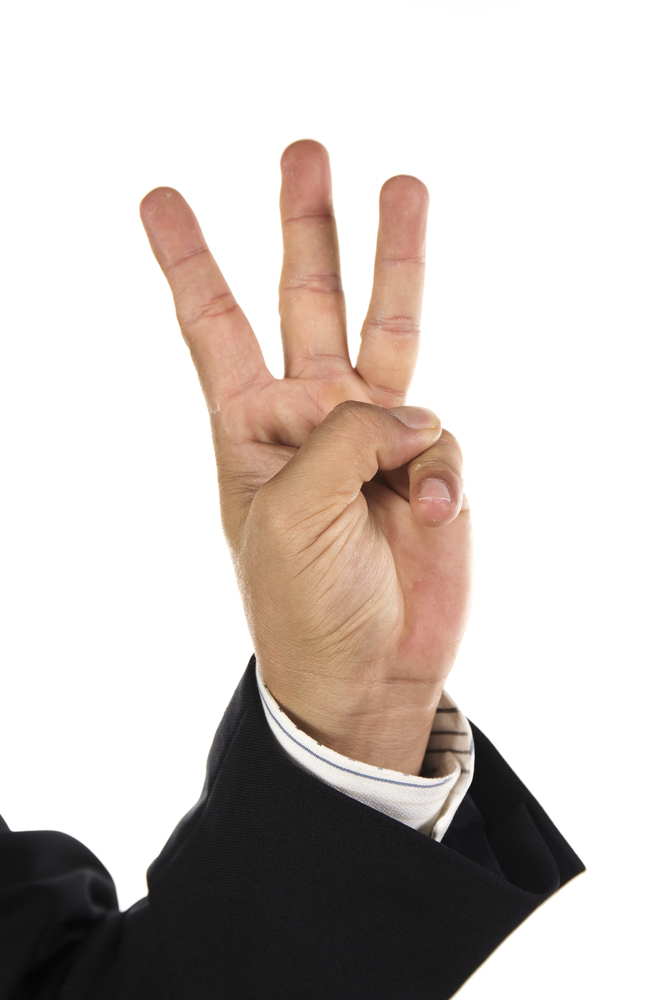After the Sonoma County Fires: How Can We Get Along at Work?

Dear Readers, Getting back to work after the devastating fire is not easy. It’s most difficult for those who lost their homes and those that are still displaced. But all of us in the NorCal fire region are experiencing collective grief and weariness. Given that stress, how do we strive to get along? We are […]
NorCal Fires: How Do We Get Back to Work?

Dear Readers, How the heck do we get back to work after the devastating fires that hit our community? Some of us had our houses burn to the ground. Most of us have friends, family and community members who have suffered great losses. Businesses, parks and lands have gone up in flames. Some neighborhoods and […]
Learn how to get right to the point. It’s a 1-2-3 strategy.

Dear Readers, Do you ever find yourself rambling on when a question has been posed? Have you ever been in an interview, answering a question and as you’re talking you realize you have no idea where you’re going? If you’ve had this problem, you are not alone! Many clients in job seeking mode admit that […]
